Vascular Compression Syndrome Symptoms
Vascular compression syndrome symptoms. This causes symptoms like flank pain and blood in urine. They emerge in addition to pain or even isolated. This inflammation results in ephaptic transmission where the nerve short-circuits and minimal stimulation results in intense symptoms such as facial pain or inner ear pain.
Occasionally aching pain due to tightness of the skin may also be present but is absent in the majority of patients. Compression of subclavian vein with resultant thrombosis in the costoclavicular space. These very annoying symptoms as nausea dizziness respiratory disabilities primarily inhalation loss of appetite and rapid satiety nearly fainting on exertion and episodes of diarrhea are found very frequently.
Compression of the trigeminal nerve results in trigeminal neuralgia or nerve pain of the forehead cheek jaw or eye. Normally the left renal vein brings blood out of the left kidney and into the inferior vena cava the bodys largest vein. Symptoms of trigeminal or glossopharyngeal neuralgia somatic sensory hemifacial spasm somatic motor tinnitus and vertigo special sensory and some cases of essential hypertension are caused by these vessels compressing cranial nerves V IX-X VII VIII and left X and medulla oblongata.
Direct venography or duplex ultrasonography can provide hemodynamic information in cases of vascular compression. The trigeminal nerve is the fifth cranial nerve and provides sensation to the face. Compression of popliteal artery by medial head of gastrocnemius or less commonly popliteus.
Other Rare Manifestations of Vascular Loop Syndrome and Their Imaging Features Glossopharyngeal neuralgia is a rare condition characterized by severe unilateral paroxysmal pain in the oropharynx ear or both locations triggered by specific activities like swallowing chewing or coughing. What are the symptoms of vascular compression. These syndromes the pathogenesis of some of which remains controversial can result in nonspecific symptoms of epigastric or flank pain weight loss nausea and vomiting hematuria or urinary tract infection.
Common symptoms include pain numbness and. It typically occurs at a single location. This heterogeneous group of disorders is characterised by external compression of primarily healthy arteries andor veins as well as accompanying nerval structures carrying the risk of subsequent structural vessel wall and nerve damage.
Popliteal artery entrapment syndrome. These very annoying symptoms as nausea dizziness respiratory disabilities primarily inhalation loss of appetite and rapid satiety nearly fainting on exertion and episodes of diarrhea are found very frequently.
Occasionally aching pain due to tightness of the skin may also be present but is absent in the majority of patients.
Symptoms of trigeminal or glossopharyngeal neuralgia somatic sensory hemifacial spasm somatic motor tinnitus and vertigo special sensory and some cases of essential hypertension are caused by these vessels compressing cranial nerves V IX-X VII VIII and left X and medulla oblongata. It typically occurs at a single location. The symptoms depend on the particular nerve being compressed. Nutcracker syndrome risk factors and causes. This causes symptoms like flank pain and blood in urine. These very annoying symptoms as nausea dizziness respiratory disabilities primarily inhalation loss of appetite and rapid satiety nearly fainting on exertion and episodes of diarrhea are found very frequently. Popliteal artery entrapment syndrome. These syndromes the pathogenesis of some of which remains controversial can result in nonspecific symptoms of epigastric or flank pain weight loss nausea and vomiting hematuria or urinary tract infection. Compression of subclavian vein with resultant thrombosis in the costoclavicular space.
Nutcracker syndrome risk factors and causes. So-called vegetative symptoms play a significant role in the suffering of patients with vascular compression syndromes. So-called vegetative symptoms play a significant role in the suffering of patients with vascular compression syndromes. Although symptomatic neurovascular compression syndromes may also occur if the neurovascular contact is outside the transition zone symptomatic neurovascular compression syndromes are more common if the neurovascular contact occurs at the transition zone or central myelin section in particular when associated with nerve displacement and atrophy. Classically individuals with median arcuate ligament syndrome MALS present with a triad of abdominal pain after eating weight loss usually 20 pounds and abdominal bruit abnormal sound of a blood vessel when blocked or narrowed. These very annoying symptoms as nausea dizziness respiratory disabilities primarily inhalation loss of appetite and rapid satiety nearly fainting on exertion and episodes of diarrhea are found very frequently. Compression of popliteal artery by medial head of gastrocnemius or less commonly popliteus.


/mals-median-arcuate-ligament-syndrome-4691027_FINAL-e27a1fe0e5564fe09cc672fa12252c73.gif)
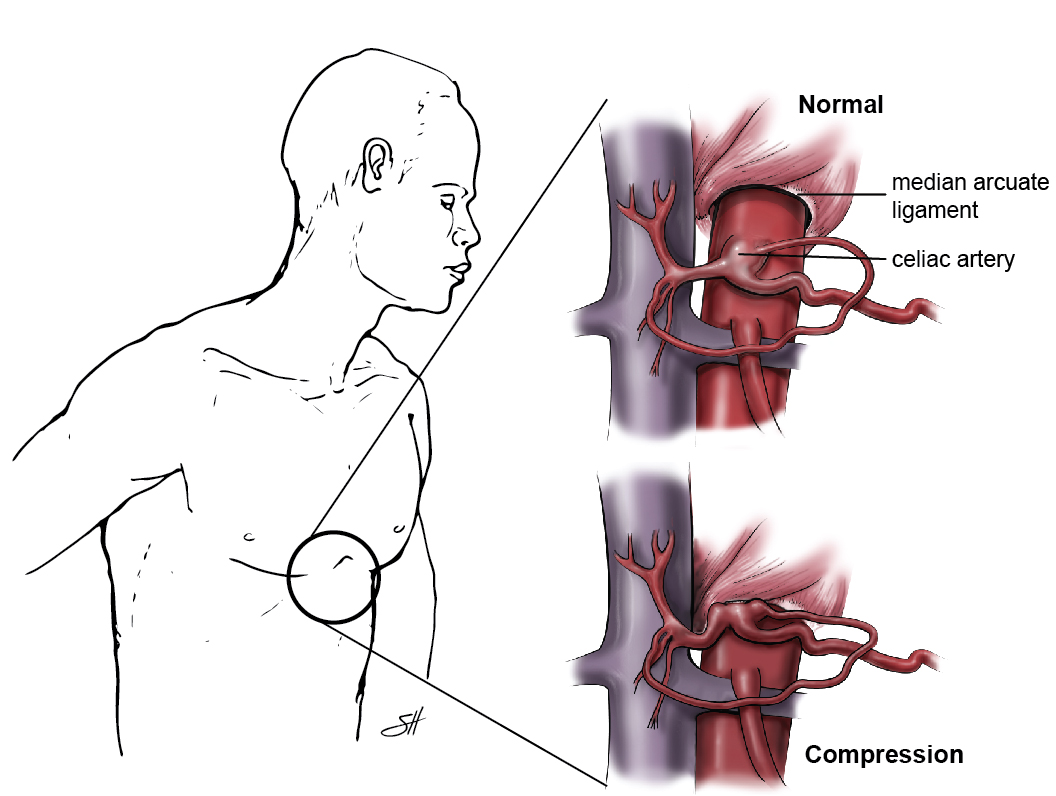










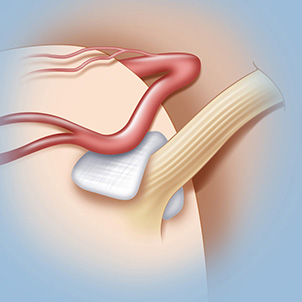



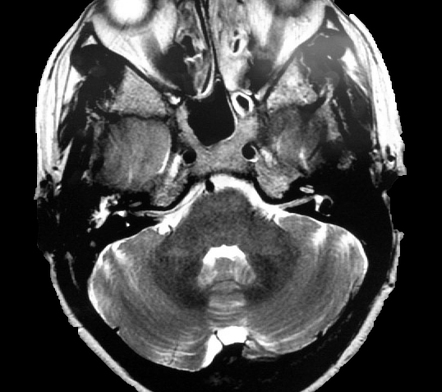





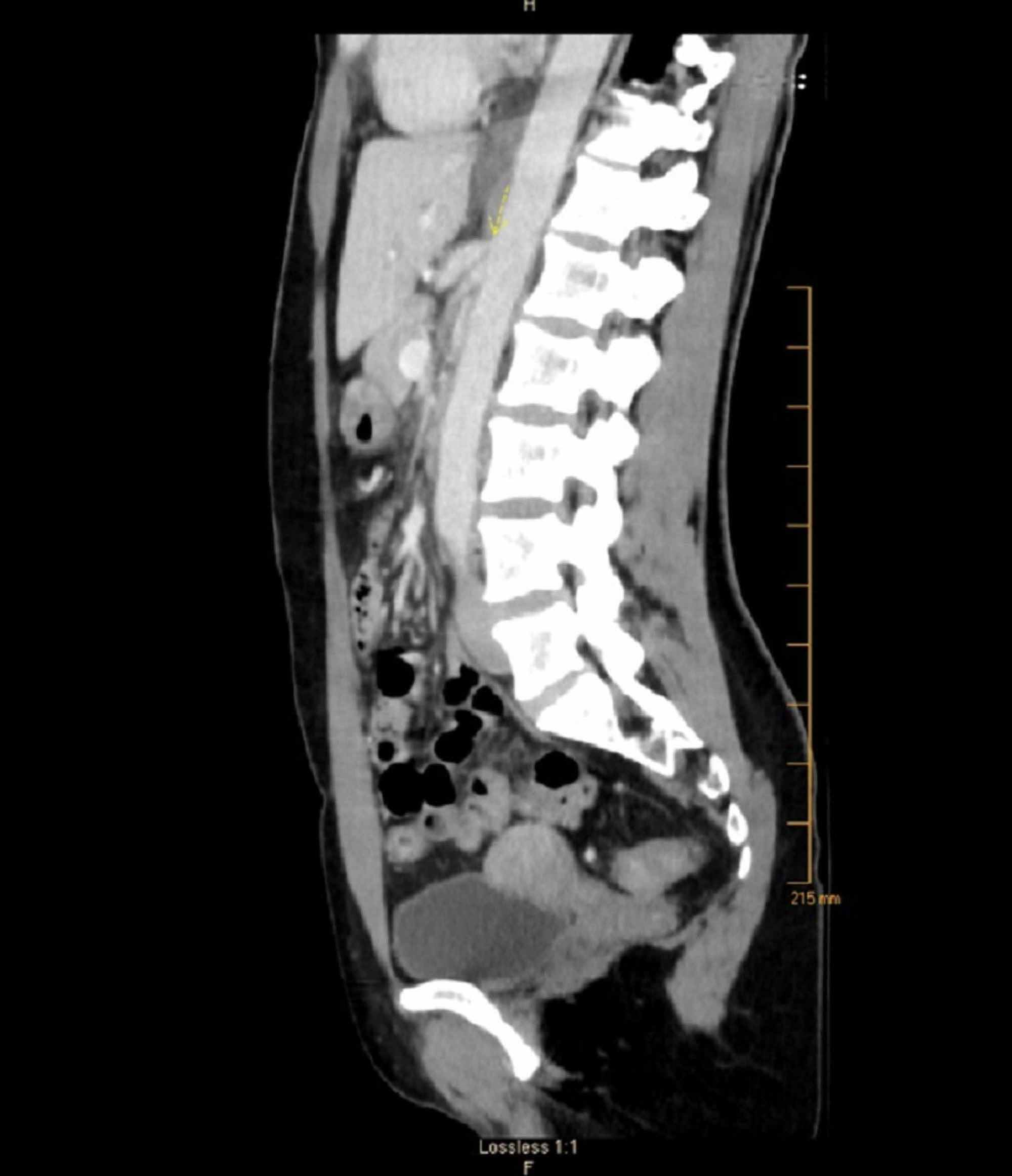


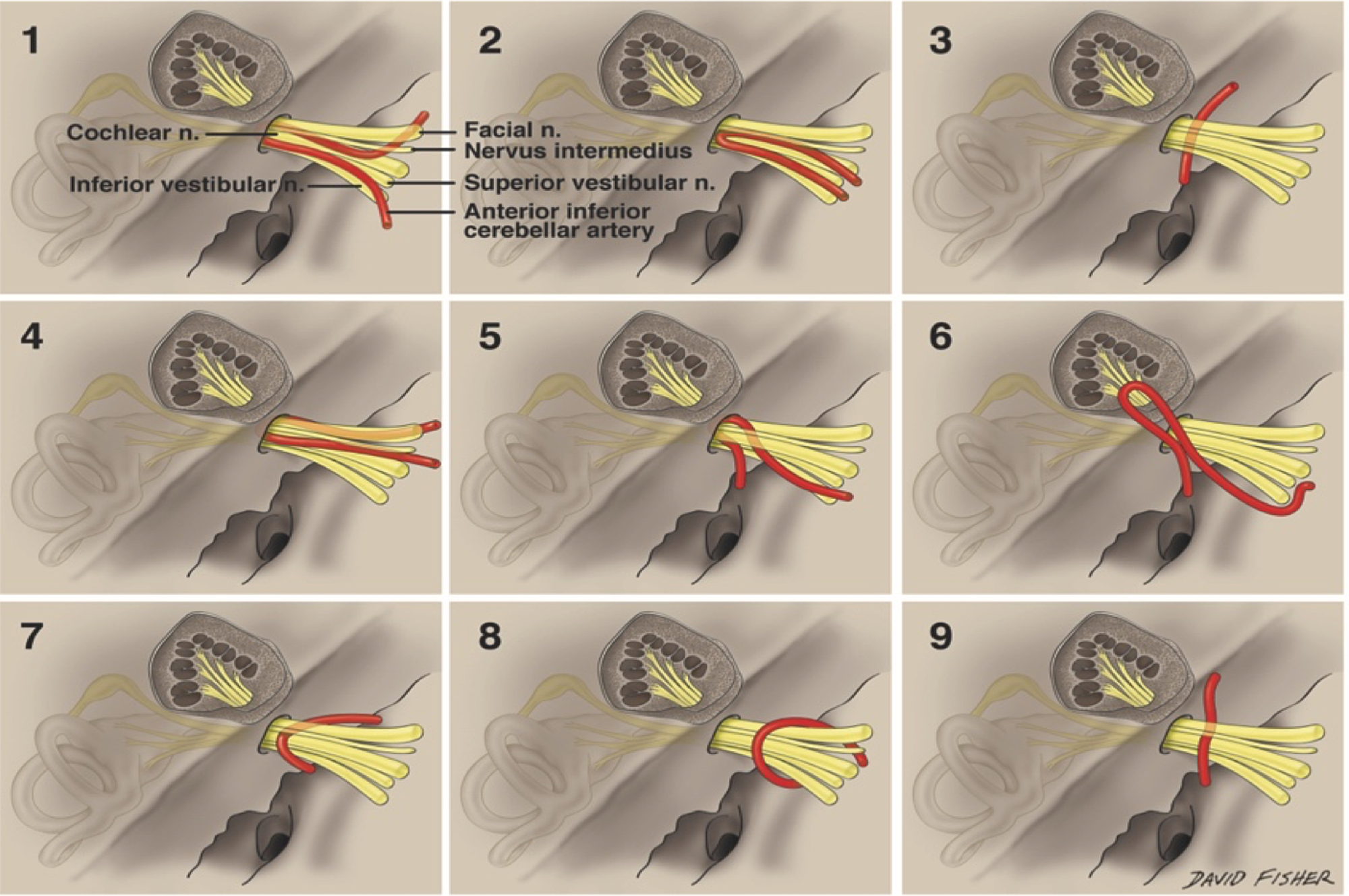






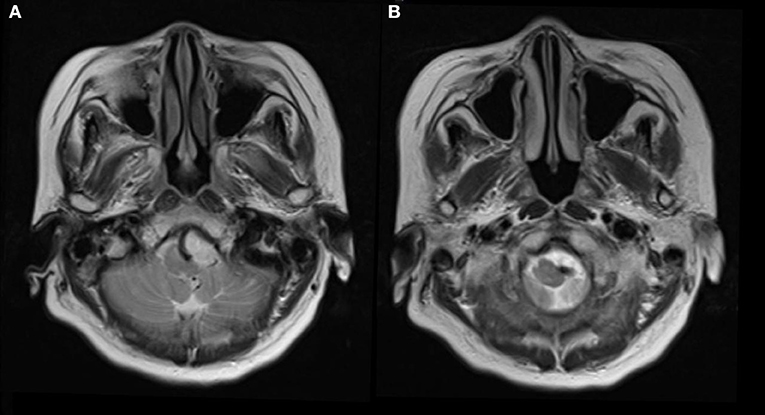
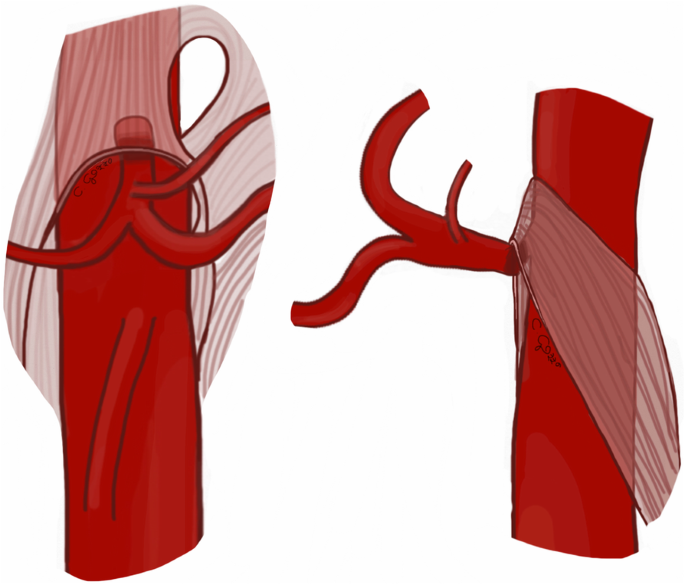
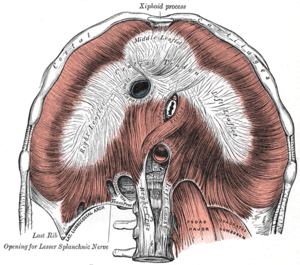
Posting Komentar untuk "Vascular Compression Syndrome Symptoms"